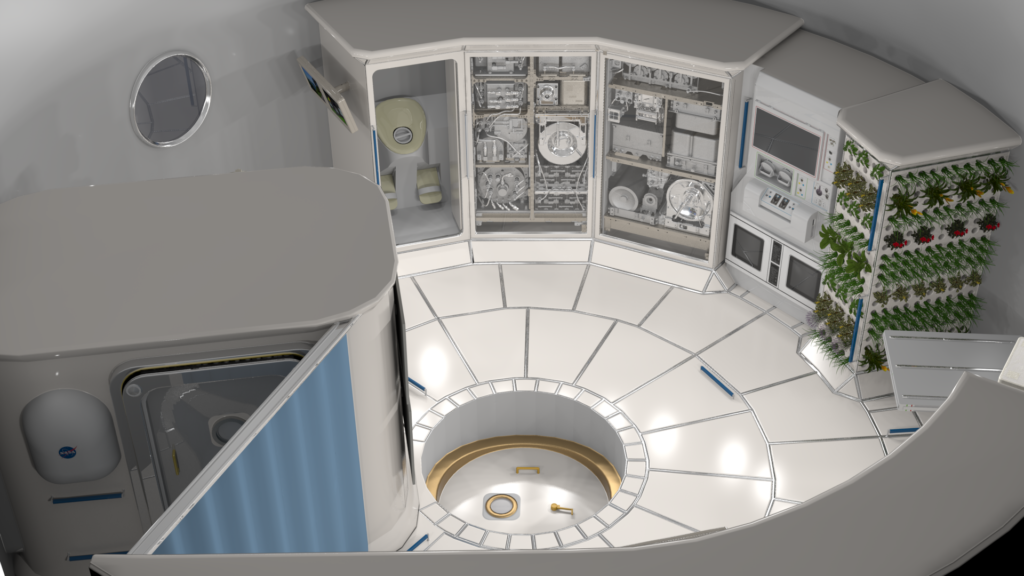In the coming decades, NASA plans to send human crews back to the Moon, build a space station in lunar orbit, establish a permanent base on the lunar surface and even hopes to send astronauts to Mars.
A group of researchers from Harvard University’s School of Engineering and Applied Sciences (SEAS) is at an advanced stage of research into developing resilient, autonomous deep space and extraterrestrial habitation.
The Resilient ExtraTerrestrial Habitats (RETHi) institute led by Purdue University, in partnership with SEAS, the University of Connecticut and the University of Texas at San Antonio who joined forces for this research, has set itself the objective of “designing and operating resilient deep space habitats that can adapt to, absorb and recover quickly from expected and unexpected disturbances”.
Justin Werfel, senior researcher in robotics at SEAS, leads the team tasked with developing technologies to enable autonomous robots to repair or replace damaged components in a habitat.
Since the project began in 2019, the researchers have developed new robotic arms and claws, new systems to improve human-robot collaboration and new ways of designing robot-compatible equipment.
One of the biggest challenges in designing robots for so-called SmartHabs is the multifunctionality required for deep space habitation. Most industrial robots, such as those used to build cars or warehouses, are highly specialised and perform only a few specific tasks. But deep space habitats won’t have room for dozens of specialised robots. Instead, one or a few multifunctional robots will need to be able to perform many different tasks, including emergency repairs.



